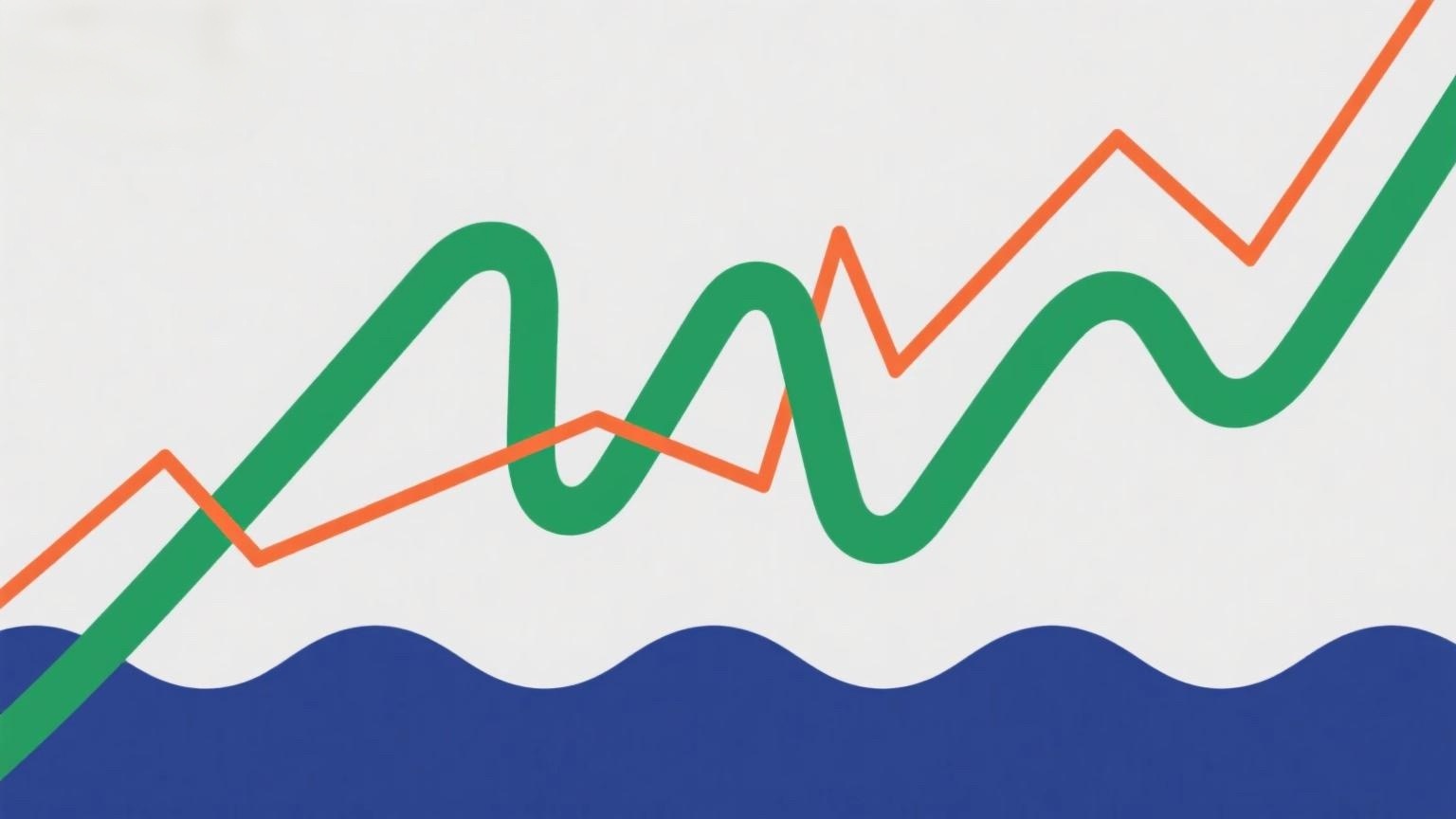
Dow Theory is the cornerstone of technical analysis. It reflects market trends and conditions based on changes in price averages, helping to predict whether prices will rise or fall in the future. Dow categorized market movements into three types: the primary movement (major trend), the secondary movement (secondary trend), and minor fluctuations (short-term fluctuations).
Primary Movement (Major Trend): Lasts for a year or more, with most assets moving upward or downward along with the broader market, typically exceeding a 20% change.
Secondary Movement (Secondary Trend): Moves in the opposite direction of the primary trend and is deceptive in nature. It lasts for more than three weeks and ranges from one-third to two-thirds of the primary trend's magnitude.
Minor Fluctuations (Short-Term Fluctuations): Reflect only short-term price changes and last no more than six days.
Generally, the primary trend of the market can be predicted, while minor fluctuations are entirely random. Therefore, trading over longer cycles makes it easier to determine the direction.
A bull market is characterized by a primary trend composed of three major upward movements (similar to waves 1, 3, and 5 in Elliott Wave Theory), interrupted by two declines (similar to waves 2 and 4 corrective waves). In a complete bull-bear cycle, the final decline often exceeds market expectations, and neither upward nor downward trends proceed smoothly—there are several secondary trend adjustments along the way.
















